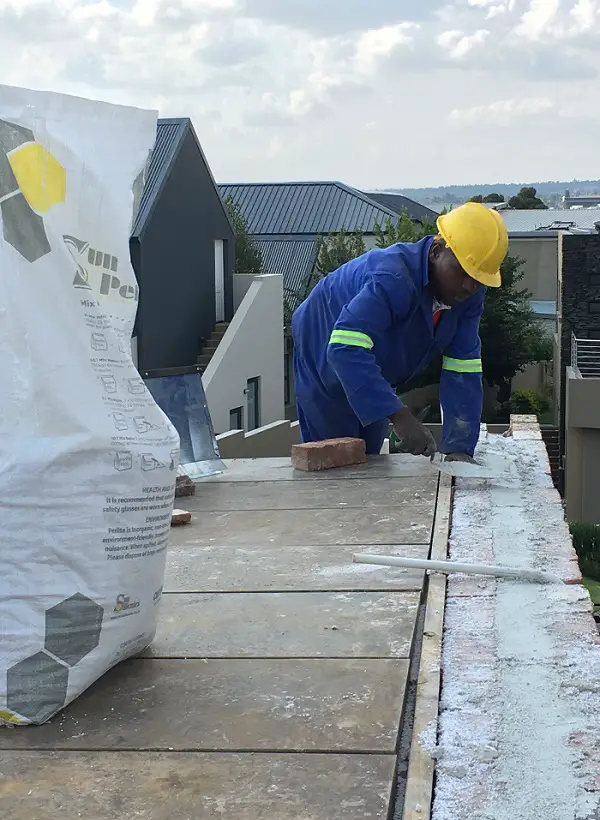PerlFill is specially surface-treated to make it more water repellent
PerlFill is specially surface-treated to make it more water repellent, ensuring that its insulation characteristics are maintained. Perlite is chemically inert ensuring it will not corrode piping and electrical or communications conduits, is pH neutral, non-toxic and sterile. It is also vermin-resistant, does not rot, decay or settle and offers excellent fire protection. As a loose-fill insulator in masonry construction, perlite completely fills all crevices, cores and mortar areas and will flow around any roughness, unevenness or exposed installations. It supports its own weight and will not settle or bridge.
The United States is the world’s largest producer and consumer of perlite where it is promoted as a green building material. Laboratory tests on water transmission by the Structural Clay Products Research Foundation in the USA show that a cavity wall filled with treated perlite resists transmission of water to the interior wythe. Performance of the overall wall was rated “excellent” in accordance with procedures established by the National Bureau of Standards in BMS82. Treated perlite insulation will not, however, waterproof a poorly constructed masonry wall and good construction practice should also incorporate the use of suitable weep holes and weep hole covers.
What is Perlite?
Perlite is a glass-like rock derived from the lava of under-sea volcanoes. After it is mined, the volcanic rock is ground and shock-heated to around 900°C, which causes its water content to vaporize and create the myriad tiny air bubbles and corresponding light weight and good insulating properties. In a final step, the granulate is treated with silicone to make it more water-repellent.
In addition to its use as an insulator in buildings, perlite is used for the insulation of low-temperature equipment such as super-cold storage and cryogenic tanks, as well as in food-processing applications.

